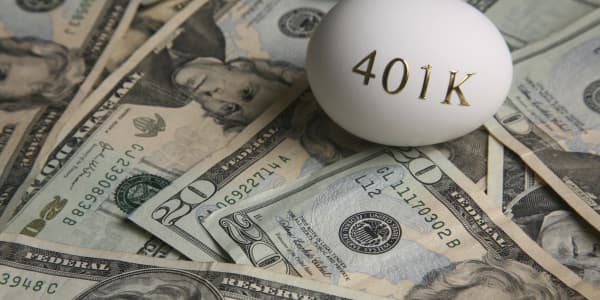The coming year is expected to bring good news to the U.S. wine industry, even as aging baby boomers present a question mark for future demand, according to a new report.
Sales growth in fine wines is expected to increase for the first time after three years of declines as overall demand for wine rises, according to a report from Silicon Valley Bank, which provides commercial banking services to wineries and vineyards.
Fine wine sales are expected to rise 6 to 10 percent, the report said. Luxury wines and those wines priced between $10 and $18 are expected to see the biggest growth in sales.
Currently, inventory is balanced after two extremely strong harvests. When there is excess supply, distributors ask for discounts.
(Read more: Why cider is the best thing to happen to beer)
This positive news comes after a year that the bank called "just OK" due to a lower rate of growth and no improvement in profitability.

"Domestically, it was a good, not great year because the U.S. economy is not recovering quite as quickly as everyone might like, so we're not seeing the kind of demand recovery that everyone might like," said Rob McMillan, Silicon Valley Bank's wine division's EVP and founder. "Worldwide, I would say the European community has done well—the Southern Hemisphere is struggling a bit because the U.S. hasn't come back completely and China's paring back displays of wealth so that's backed up into wine a bit."
A boomer bummer
Still, all is not rosy for the wine industry's future. The graying of the boomers presents a big problem for wine producers since the group represents the biggest consumers of fine wine, have the largest incomes and the biggest net worth. Within five to seven years, the transition to millennials as dominant purchasers could provide a "significant headwind to sustained growth in the business," the report said.
(Read more: Pricey cocktails gaining traction at hotel bars)
As these boomers retire, the report questioned the ability for wine sales to increase as older generations pare back their purchases and younger generations who could consume more lack the buying power to buy good bottles.
"The big issue with millennials is they're the largest buyers of international wines. They're also really good with buying the discounted bottles," McMillan said.
These boomers have driven decades of growth in the industry. Overall U.S. consumption has steadily climbed since 1992, according to data from the Wine Institute, driven by the large size of the boomer group, the group's newfound wealth and wine's health benefits.
Wine pricing
In the coming year, the bank expects wineries' gross profit to be hit due to higher grape costs from the 2012 vintage year, which were caused by light harvests in 2010 and 2011. Even as demand rises, pricing power is expected to be limited.
"Those higher costs can't really be passed on to consumers because of the slowness of the recovery," McMillan said.
Although the bank doesn't see an opportunity to increase wine prices broadly, it does see the possibility for price jumps in the higher end of the luxury segment.
Looking forward, Silicon Valley Bank also expects the euro to weaken, which could lead to increased imports and more pricing competition from abroad. Mergers and acquisitions of wineries and vineyards are also expected to continue at a record clip.
—By CNBC's Katie Little. Follow her on Twitter @KatieLittle.





